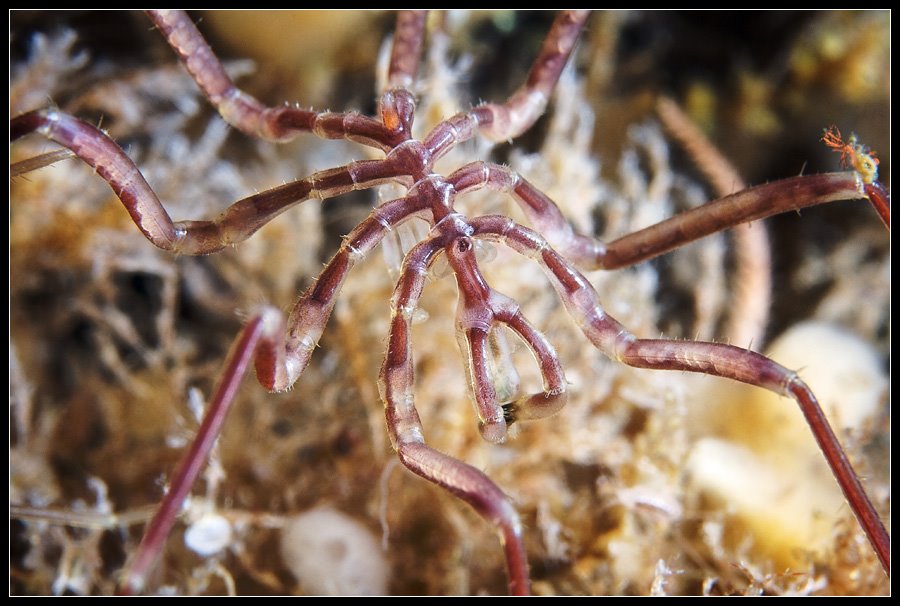It seems that when we take two steps forward we often have to take one step back. Such is the case with the success we have had in the hobby. In the early days of the hobby, we were preoccupied with just keeping the fish and corals we kept alive. Now that we are very successful, we are often faced with pests that we never even thought of or knew existed when we started keeping corals. Now it seems that with virtually every coral or other invertebrate that we keep there is some organism that will consume it. And if we do not find ways to eradicate them, they can quickly decimate our tanks.
I am now often asked why these pests seem more problematic now than they did in the past, and we are now only noticing them. There are a number of reasons why they seem more problematic now and there is no sole cause. First, with our increased success we are keeping our corals and tanks longer than ever before. As a result a pest that may have only come in as one or two individuals and thus did not produce problems at that number now has the time to reproduce and so get to numbers that can become a problem. We also now bring a lot of corals that are maricultured or aquacultured.
Just as in farming, when you have a field of zucchini you don’t get boll weevils eating it, instead, you get squash vine borers, which are specific to what you are growing. But if you have a mixed bed of crops you may not have quite as much of a problem as when you grow a single crop. Similarly, when you have the equivalent of a field growing the same type of coral, chances are that the pests that prefer that coral will live in that field with them. So in some of these mariculture facilities, we are undoubtedly growing the pests along with the corals. The same is true in some aquaculture facilities. I know that most of these facilities do their utmost to keep these pests at a minimum, but unfortunately, all it takes is an egg mass or a couple of individuals to sneak through and problems can start. And in a closed system free of any predators with lots of food a pest population can quickly take off.
So how can pests be managed? I will discuss initial treatment and quarantine in the next article, but for this one, I will just discuss some of the pests we are seeing and how to manage them. I would love to state that it is easy to have a pest-free system, but in my opinion, most systems will have a pest problem at one time or another.
First, it needs to be agreed upon that corals do not die without cause, and in many instances, this cause may be a pest. So if the tank’s water chemistry checks out, conditions are stable and there have been no major changes in the tank or its inhabitants, then an invertebrate predator needs to be looked for. To start off, there is a family of coral pests where not all members of the family are pests, but when they are encountered they can become very problematic quickly. Case in point Asterina starfish. There are numerous members of this family and a large number of them like other stars are algae and detrivore feeders, that do not bother corals or other invertebrates. However there are also members that act like miniature crown of thorns starfish and like their bigger cousins can devastate patches of stony corals.
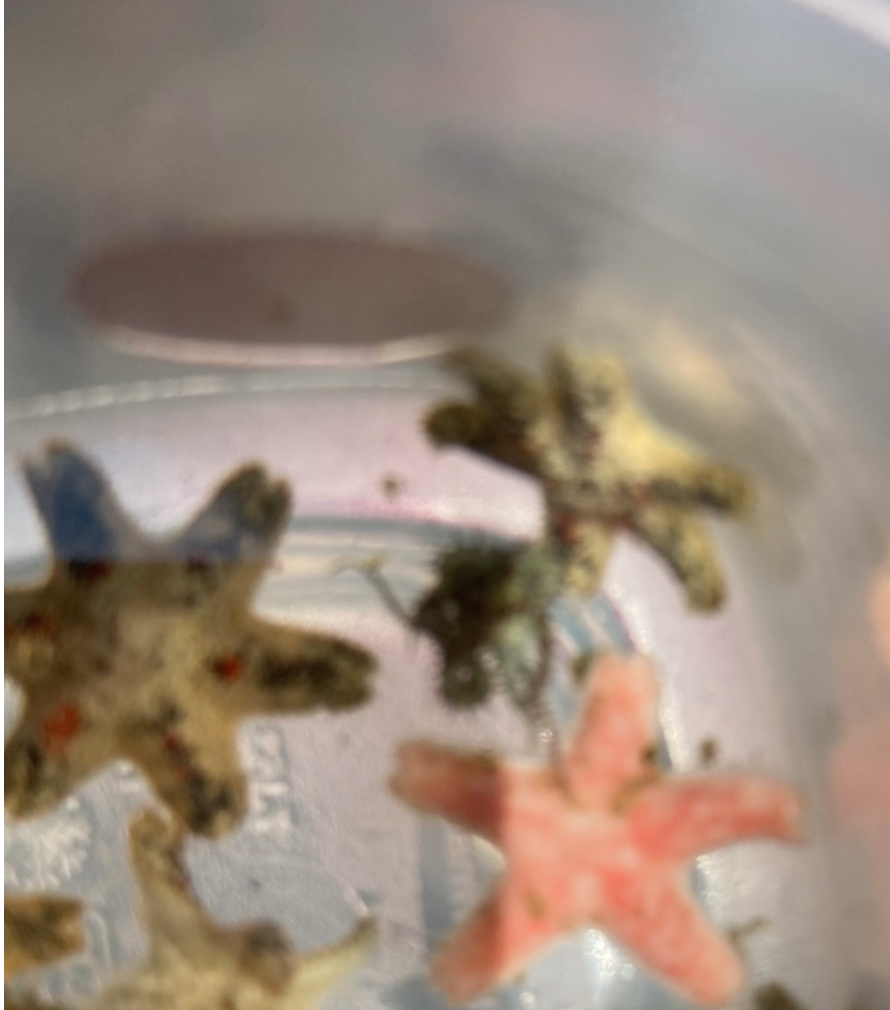
The non-predatory members usually are drab colored gray or beige in color, while the predatory clan usually match the color of the corals they eat, so they will have more green or blue, or even pink on their surface. All of them can reproduce wildly if food is available, and once this happens it is difficult to remove them manually. Fortunately, the Harlequin shrimp is the perfect predator to eradicate them. I have used them in several tanks and after just a couple of weeks, virtually all of the stars were gone. Once the stars are gone the shrimp will die if other starfish are not available as food. So at first I move them from tank to tank until all of the starfish had been removed. Once this was done I then moved them to a friend’s tank who was having similar problems. We now share the pair among several of our tanks as this keeps the starfish in check and it keeps the shrimp alive.
Just as there are good and bad Asterina starfish, there are also good and bad brittle starfish. Like the Asterina most of these are also detrivores. However, I found a variety that is very small that I had the misfortune to find out was predatory toward stony corals. These tiny brittle stars had bodies only slightly larger than the head of a pin so because of their small size I did not feel that they could cause any damage. I only began to notice a problem with them when it seemed like every small sps frag that I introduced into my display tank where they were located started deteriorating from the bottom. At first, I could not figure out what was happening, only when I viewed these corals at night did I see that on each damaged coral frag a brittle star was wrapping around the base at night and either irritated it or was eating the tissue. I then began removing every little brittle star as I found them and I also added a group of six-lined wrasses which consumed what I had missed. Since removing these pests I have not had any problems getting my newly introduced coral frags to grow.
Another pest that I have been fortunate to have only encountered rarely, but that can cause significant damage to any corals that it feeds on is the Rapa rapa snail. This snail comes in on leather corals and usually arrives when it is only the size of a grain of rice. It bores into the stalk of a leather coral and then feeds on the healthy tissue in the stalk. When it is small the leather coral shows no signs of problems and simply grows around the snail. But as the snail grows it becomes larger and larger and once it reaches a certain size it does so much damage that the stalk begins to deteriorate and rot. At this point, the whole coral can be lost unless action is taken. When a deteriorating stalk is encountered on a leather coral it is necessary to cut an incision in the stalk and remove the Rapa rapa snail. I have encountered these snails from the size of a marble to the size of a golf ball in leather corals and did not know they were even present until the damage was significant. There is no way to prevent their introduction as the hole they have bored into the leather is usually healed over when the leather coral is acquired.

While these first pests may at least be somewhat familiar to most of us, I have recently encountered some new pests in my own tanks and seen in others that were completely new to me. The first of these is the sea spider, so named because it closely resembles the land-based arachnid. I had never encountered these pests until I added some colonies of Australian Acropora to my tanks. New locations for corals usually mean new types of pests. These pests were not readily apparent in the colony and they tolerated the initial dip that I did before adding them to the quarantine tank. It was only after the first few nights that I noticed at least a dozen of them climbing about on all of the corals in the tank. While they did not seem to be extremely predatory to the sps corals in the tank, from reading about them I found out that they could be and at the very least they would irritate the corals. As a result I took the necessary steps to remove them over the next few nights. To do this I started a strong siphon which I then used to suck these pests off the corals once they appeared. This took a couple of weeks to remove them all but eventually, it worked, and the corals have now been spider free.
A pest that I only recently encountered is a white amphipod that I saw in Joe Yaiullo’s 20,000-gallon Long Island Reef Aquarium. This pest did so much damage to so many different types of corals that Joe named these pests “them”. Unlike most of the pests we encounter in our tanks that are usually specific to one type of coral these amphipods feed on virtually every type of coral from mushrooms to Acropora and especially Montipora and Pocillopora. And these pests feed voraciously literally from when they hatch to when they are adults and they reproduce prolifically with there not seemingly being any natural predators with the possible exception of dragon-faced pipefish. Fortunately, they fall into the class of pests that Dustin Dorton solved by removing twenty years ago. Like their red bug brethren, these pests seem to be susceptible to the dog heartworm medications ivermectin and milbemycin. These pests are extremely small and quick moving so unless they are specifically looked for it may be difficult to even realize they are in a tank and causing damage. All they look like when adults, is a quick-moving little white dot, while the babies look like snow as they drop onto a coral. If either of these a found along with tissue damage, then they should be eradicated as quickly as possible.
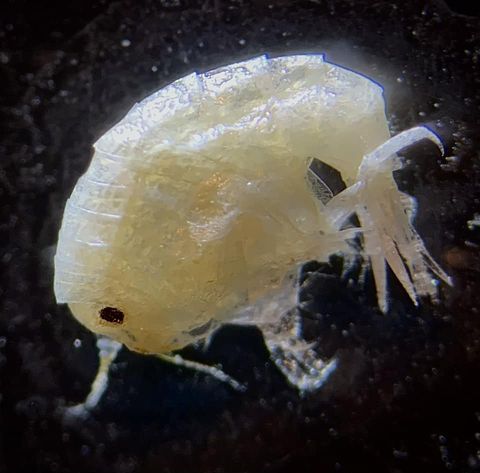
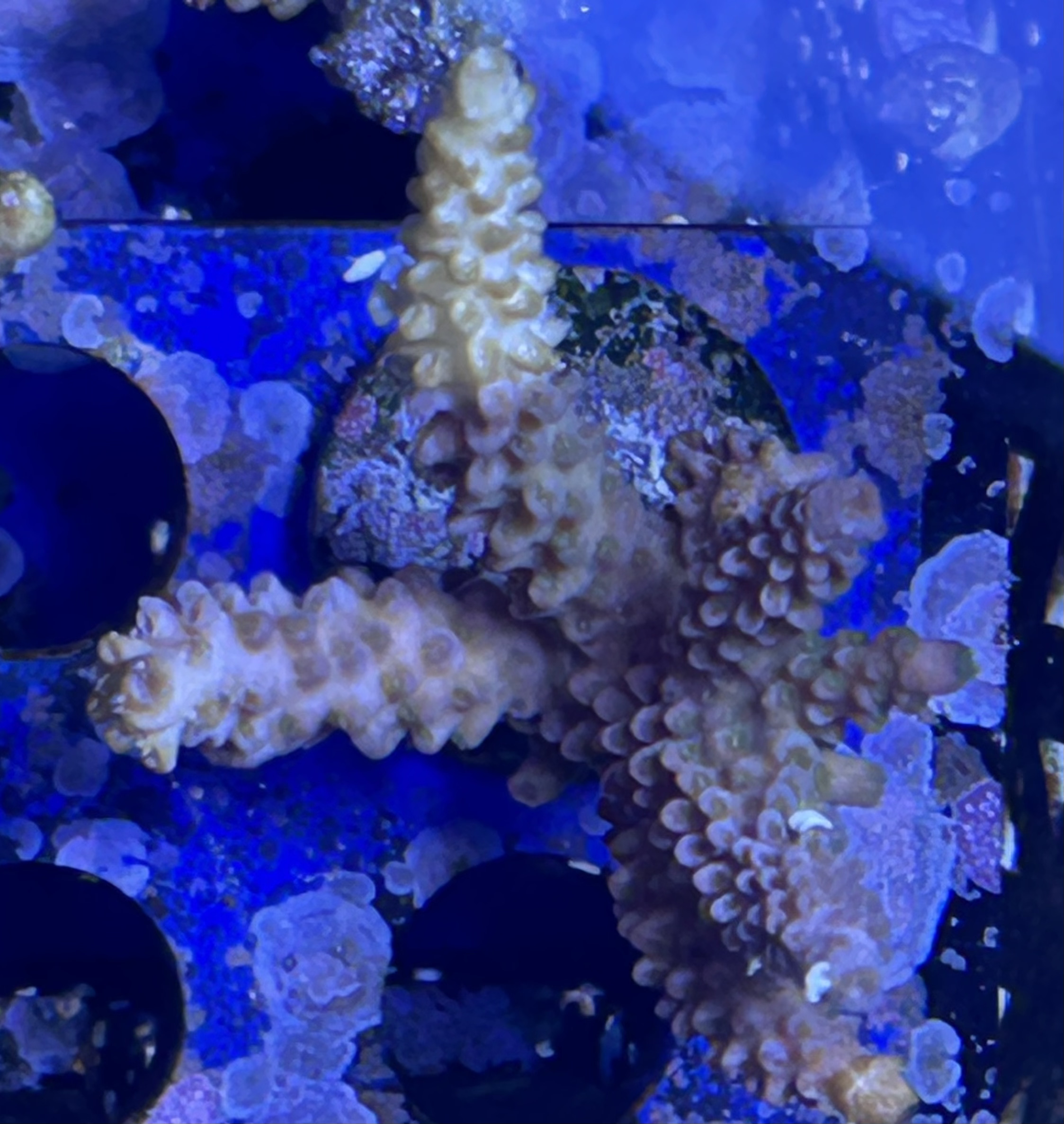
Euphyllia-eating flatworms
Another only recently described pest that can cause significant damage is the Euphyllia-eating flatworm. With our newfound love for Euphyllias and especially torch corals growing at an incredible pace it was only a matter of time until we came across a pest specific for them. There seemingly is a flatworm or nudibranch specific for every type of coral so there was little chance that Euphyllias would remain unscathed. Like these other pests, these are difficult to remove and can cause significant damage to a Euphyllia garden. They feed on the soft tissue as both adults and young and the egg masses are laid right below the living tissue upon which they feed. The adults are difficult to detect as they look just like the Euphyllia tissue. A sign that they may be infecting these corals is when the Euphyllias stop expanding fully and just do not look healthy. When this occurs the colony should be taken out of the water and allowed to retract. When it is retracting a light can be shined on the colony and the slight difference in color can be seen and these flatworms can be seen flailing as their habitat becomes less moist. At this point, they should be extracted with tweezers or forceps. If the colony is too large or is attached to live rock the flatworms can be shocked by blowing freshwater of the same temperature as the tank water onto the colony with either a turkey baster or a powerhead in a bucket of freshwater. When shocked these worms will let loose and flow into the water column where some fish like wrasses and anthias will feed on them. At the same time, the base of the colony should be examined for egg masses which should be immediately scraped off and removed. As with most pests preventing them from entering the tank is the best way to keep them from doing damage.
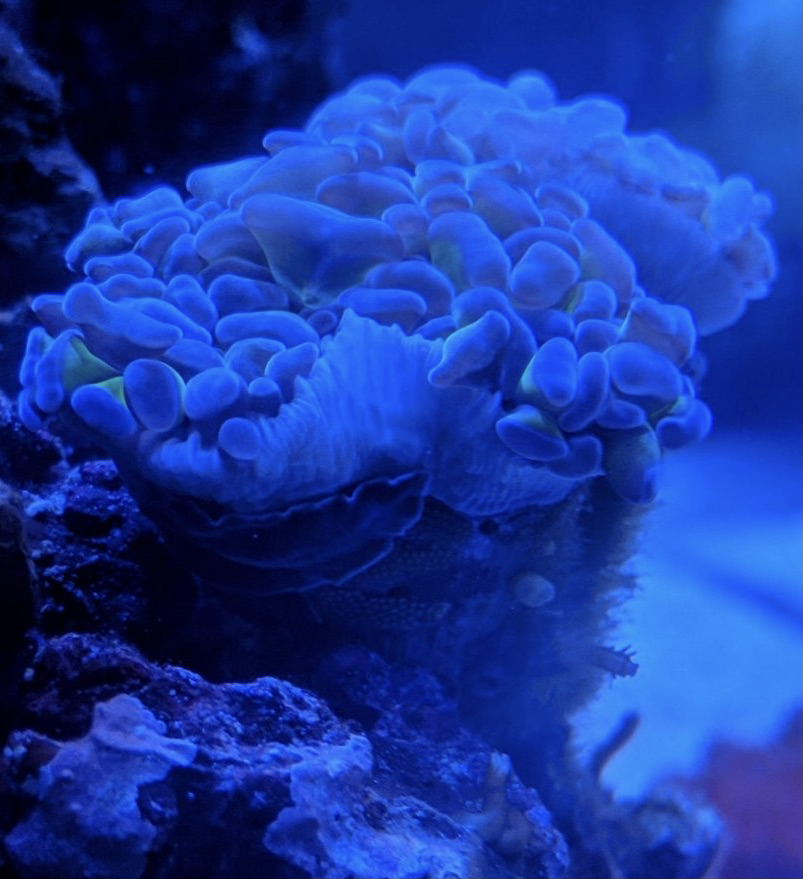
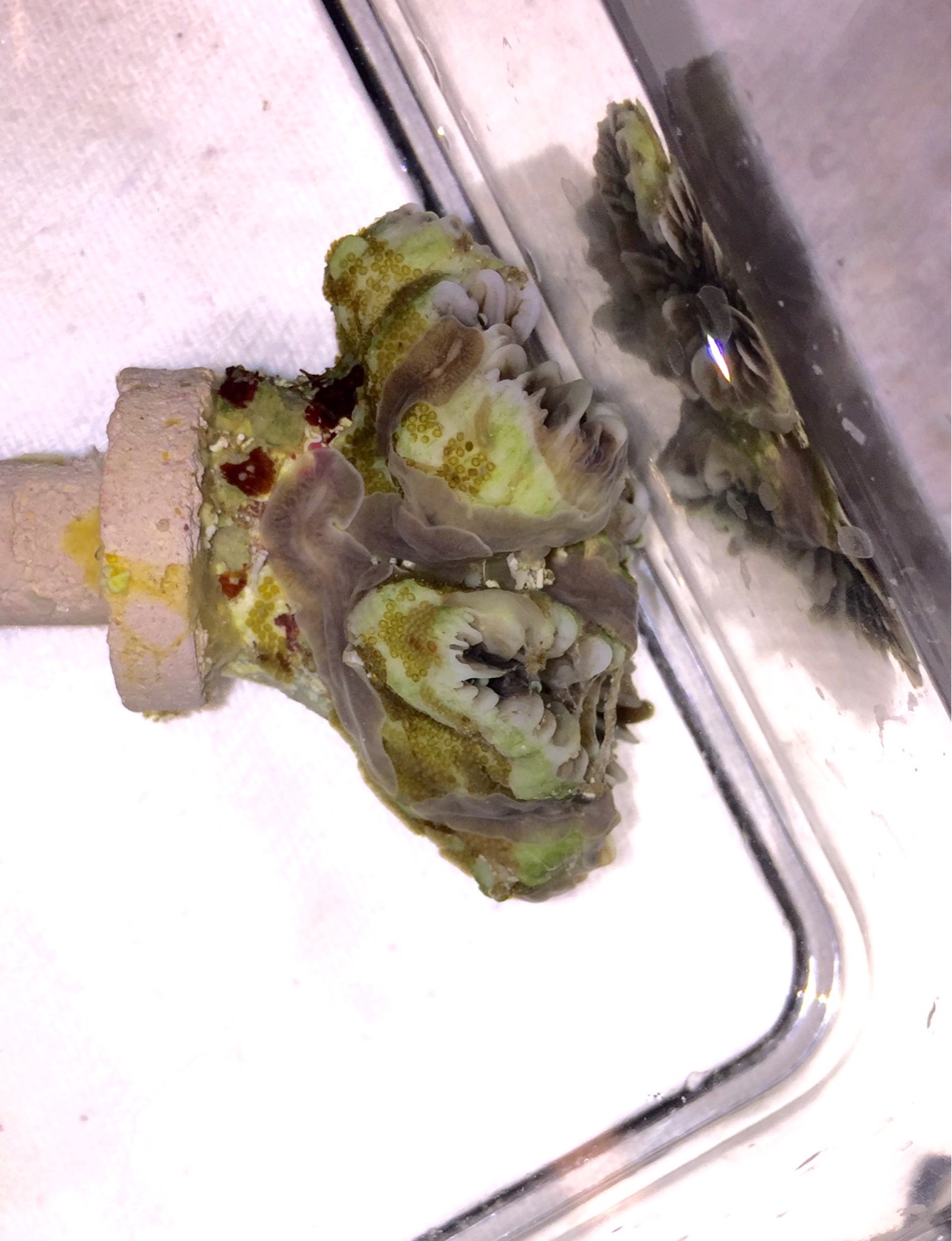
The interesting thing about coral pests and predators is that they all seem to be more active at night. For this reason, if there is a problem where the corals just do not look right the tank should be observed at night with both a red and white flashlight. Many of these pests are very skittish, so minimal vibrations should occur when approaching the tank. When the flashlights are turned on this will be the best opportunity to determine if and which pest is present and then appropriate action can be taken. Obviously preventing these pests from entering the tank is best, but when they sneak through it helps when you know what you are fighting. Sadly these are just some of the pests that we encounter in our tanks.
There are also red bugs, black bugs, black ‘hopping” amphipods, Acropora-eating flatworms, Montipora-eating nudibranchs, zoanthid-eating nudibranchs, aiptasia, Majano anemones, dinos, cyano and invertebrates like Palythoa that can cause damage to their tankmates and us as well. Over time as our success continue, I’m sure we will encounter even more pests that will need to be dealt with which is the unfortunate price of success.


